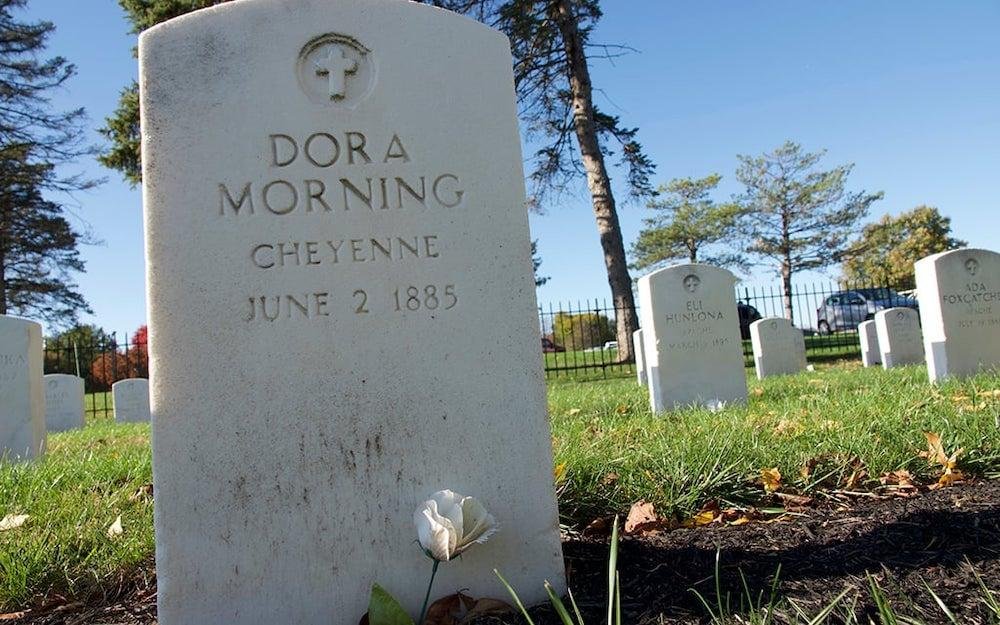crime
The Lingering Legacy of Indian Boarding Schools: Uncovering the Past

On December 22, the Washington Post reported the results of an extensive investigation into the fatalities of children at Indian boarding schools, revealing that over 3,100 students died — a figure exceeding the Department of the Interior’s findings by more than threefold. Conducted by a team of nine journalists, including data specialists, this report provides a comprehensive overview of the tragic loss of Native American children within these institutions.
“These findings offer the most complete public accounting to date regarding the number of Native American children who died at boarding schools,” the Post stated. Historians, however, believe that the actual death toll might be even higher. The investigation documented mortality cases across 202 schools, identifying infection as the primary cause, responsible for 75% of deaths among the 1,500 students whose causes were known.
While the Department of the Interior’s report relied solely on federal records, the Post’s investigation supplemented this with historical newspaper clippings, death certificates, cemetery maps, and more. Dana Hedgpeth, one of the lead reporters and a member of the Haliwa-Saponi Tribe, emphasized the thoroughness involved, stating, “We didn’t create the wheel; a lot of our work was built on information that was already out there.”
The inquiry included valuable contributions from Native journalists such as Eva Guggemos and SuAnn Reddick, who compiled a database of children who died at Chemawa Indian School. Their findings were complemented by the research of individuals like Preston McBride, whose dissertation focused on children both lost at schools and those sent home to die. Other critical sources included the Carlisle Indian School Digital Resource Center, among others.
Of the over 3,100 identified fatalities, the team recognized the names of 1,783 students. Navigating the ethical implications of releasing these identities proved challenging. Although the Department of the Interior provided documentation regarding student deaths, they redacted names citing privacy concerns, despite the fact that records older than 100 years typically do not require such screening. Hedgpeth consulted several Native sources who unanimously supported publishing the students’ names. “Those names should be published,” James LaBelle, a survivor from the Wrangell Institute, commented, highlighting the importance of recognizing these individuals beyond mere statistics.
“We are finally giving names to those who basically were sacrificed on the altar of assimilation and acculturation,” LaBelle added. The investigation has prompted renewed interest in the history of Indian boarding schools, which remained largely unexamined until Secretary of the Interior Deb Haaland initiated a formal inquiry in June 2022. While organizations like ICT have long reported on this issue, mainstream media coverage was scarce prior to the Department’s investigation.
Hedgpeth noted how surprising it was that many readers, even those in well-informed circles, were unaware of the boarding school history. “We write for a well-educated population in the nation’s capital; many of our readers had never heard of these schools, sadly,” she said. Her hope is that this investigation will bring greater visibility to the work of Native journalists and researchers, asserting, “The Post is a platform that can elevate their work; we just have a larger mouthpiece.”
The Washington Post dedicated a remarkable seven-page special section to this investigation, which is not typical for the publication. Moving forward, Hedgpeth acknowledged that much remains undiscovered within the National Archives, which houses over 103 million records specifically related to Indian Affairs, with a significant portion focusing on boarding schools. “There’s a million more stories out there and tons of records we haven’t yet looked into,” she affirmed, signaling the need for continued exploration of this critical historical issue.

















